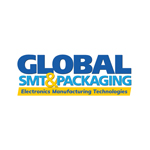
GLOBAL Technology Award
Indium Corporation was honored with a Global Technology Award during an award ceremony on October 22, 2024, at SMTA International in Rosemont, Illinois. The company received the recognition in the solder paste category for Indium8.9HFRV, a low-voiding, air reflow, no-clean solder paste that offers excellent stencil print transfer efficiency, response-to-pause performance, wetting, and coalescence
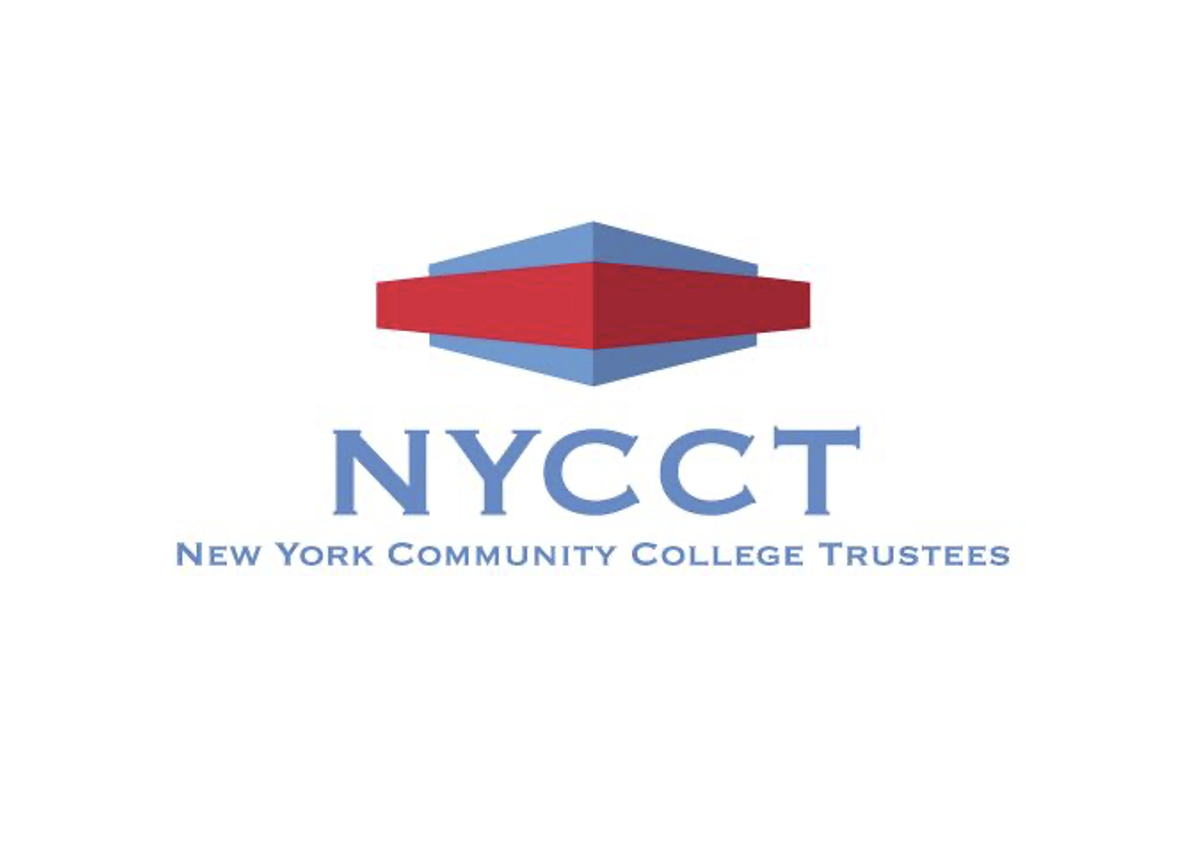
Edward J. Pawenski Business/Industry Partnership Award
Indium Corporation is honored to announce that it has been awarded the Edward J. Pawenski Business/Industry Partnership Award by the New York Community College Trustees (NYCCT). The award was presented during a ceremony held at the Saratoga Casino Hotel on Saturday, October 5th.

Mexico Technology Award
Indium Corporation has earned a Mexico Technology Award for its high-reliability mixed-alloy for solder paste, Durafuse® HR. The award was presented during an awards ceremony on September 11 at the SMTA Guadalajara Expo and Tech Forum in Jalisco, Mexico.
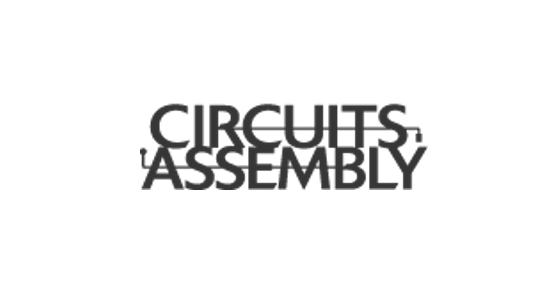
CIRCUITS ASSEMBLY New Product Introduction (NPI) Award
Indium Corporation has earned the CIRCUITS ASSEMBLY New Product Introduction (NPI) Award, for its low-voiding, Pb-free solder paste, Indium8.9HFRV. The award was presented at the IPC APEX Expo in Anaheim, California, on April 10.

Electronics Manufacturing (EM) World’s Innovation Award: (Indium8.9HFRV)
Indium Corporation has earned Electronics Manufacturing (EM) World‘s Innovation Award for its low-voiding, Pb-free solder paste, Indium8.9HFRV.

Supplier Award in China from Jabil Wuxi
Indium Corporation has earned the prestigious Supplier Award in China from Jabil Wuxi, a trusted partner for the world’s top brands, offering comprehensive engineering, manufacturing, and supply chain solutions. The award was presented as part of Jabil Wuxi’s 20th anniversary celebration on January 26.

GLOBAL Technology Awards
Indium Corporation was honored with two prestigious GLOBAL Technology Awards during an awards ceremony on November 14 at Productronica in Munich, Germany. The company was honored in both the Flux and Adhesives/Underfills Encapsulants categories for NC-809, a halogen-free, ultra-low residue flip-chip flux, and InTACK™, a drop-in, robust tacking agent for power module assembly, respectively. Presented by Global SMT & Packaging, the Global Technology Awards recognize the best new innovations in the printed circuit assembly and packaging industries introduced in the past 12 months.

Mexico Technology Award
Indium Corporation has earned a Mexico Technology Award for its new low-voiding, Pb-free solder paste,Indium8.9HFRV. The award was presented during an awards ceremony on October 25 at the SMTA Guadalajara Expo and Tech Forum in Jalisco, Mexico.
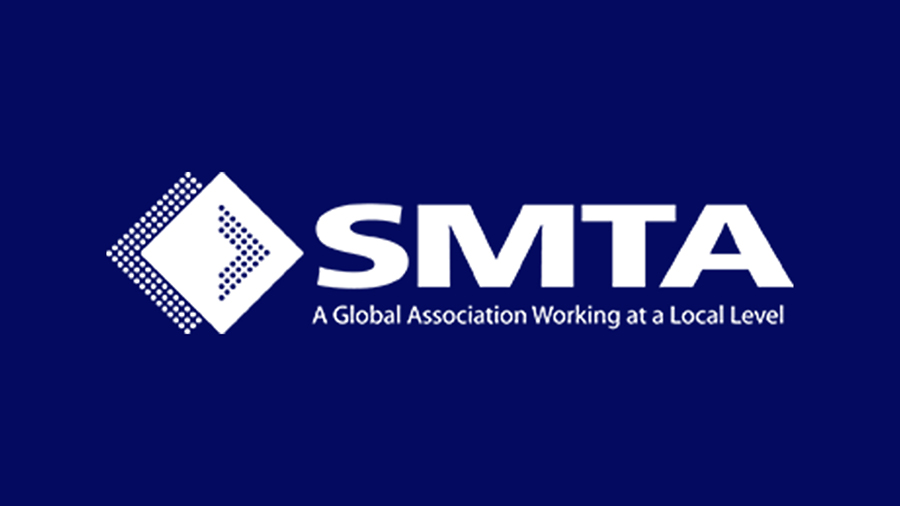
SMTA’s prestigious Technical Distinction Award
Indium Corporation R&D Manager of the Alloy Group and Principal Research Metallurgist Dr. HongWen Zhang was presented with SMTA’s prestigious Technical Distinction Award during an awards ceremony on October 9 at SMTA International in Minneapolis, MN.
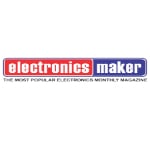
Best of Industry Award 2023 for Best Soldering Product of the Year: ( InFORMS® reinforced solder preforms)
Indium Corporation was recently the proud recipient of Electronics Maker‘s prestigious Best of Industry Award 2023 for Best Soldering Product of the Year. The award was received for Indium Corporation’s InFORMS® reinforced solder preforms.

IEEE Outstanding Industry Award for Innovative Solder Preforms: (InFORMS®)
Indium Corporation has earned the IEEE Malaysia Section Outstanding Industry Award (Innovation) for its InFORMS® brand of reinforced solder preforms. The award was presented during a ceremony on June 24 in Kuala Lumpur, Malaysia.

Electronics Manufacturing (EM) World’s Innovation Award: (SiPaste® C201HF)
Indium Corporation has earned Electronics Manufacturing (EM) World‘s Innovation Award for SiPaste® C201HF, a halogen-free, cleanable solder paste specifically formulated to accommodate fine feature printing processes, as seen with 01005 and 008004 components.

CIRCUITS ASSEMBLY New Product Introduction Award
Indium Corporation has earned the CIRCUITS ASSEMBLY New Product Introduction (NPI) Award for its flux-cored wire, CW-818. The award was presented during a ceremony at IPC APEX Expo on January 24 in San Diego, Calif., U.S.
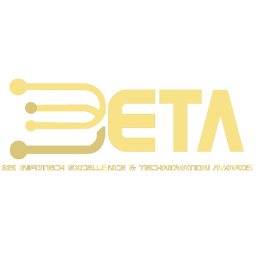
BISinfotech BETA Award
Indium Corporation has earned a BISinfotech BETA Award as Global Leader in Solder and Materials category. The honor was presented during a live streaming of the awards ceremony on Wednesday, November 30. This marks the third consecutive year Indium Corporation has received a BETA Award.

Global Technology Award: (CW-818)
Indium Corporation has earned a GLOBAL Technology Award from Global SMT & Packaging for its fast wetting, no-clean cored wire with spatter control, CW-818. The award was presented on Wednesday, Nov. 2 at SMTA International, hosted in Minneapolis, Minnesota.

Best Electronics Assembly Materials Manufacturer of the Year
Indium Corporation earned a leadership category award from Electronics Maker for “Best Electronics Assembly Materials Manufacturer of the Year” during a ceremony on Thursday, Sept. 22.

Mexico EMS – Mexico Technology Award: (CW-818)
Indium Corporation has earned a Mexico Technology Award for its fast wetting, no-clean cored wire with spatter control technology, CW-818. The award was presented on Wednesday, Sept. 21 at the SMTA Guadalajara Expo and Tech Forum hosted at the Hilton Guadalajara in Jalisco, Mexico.

EM World Innovation Award: (Indium12.8HF)
Indium Corporation earned Electronics Manufacturing (EM) World‘s Innovation Award for Indium12.8HF, a versatile solder paste engineered to deliver exceptional jetting and microdispensing performance on a variety of systems.

Allegro Microsystems Excellence Award
Indium Corporation has earned an excellence award from Allegro MicroSystems for the work of its Asia-Pacific Operations in delivering quality, on-time products during the 2021 fiscal year.
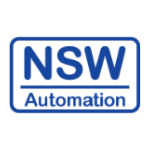
NSW Visionary Partnership Award
Indium Corporation has earned a Visionary Partnership Award from NSW Automation for the development of its innovative Indium12.8HF Solder Paste following an appreciation ceremony in January.
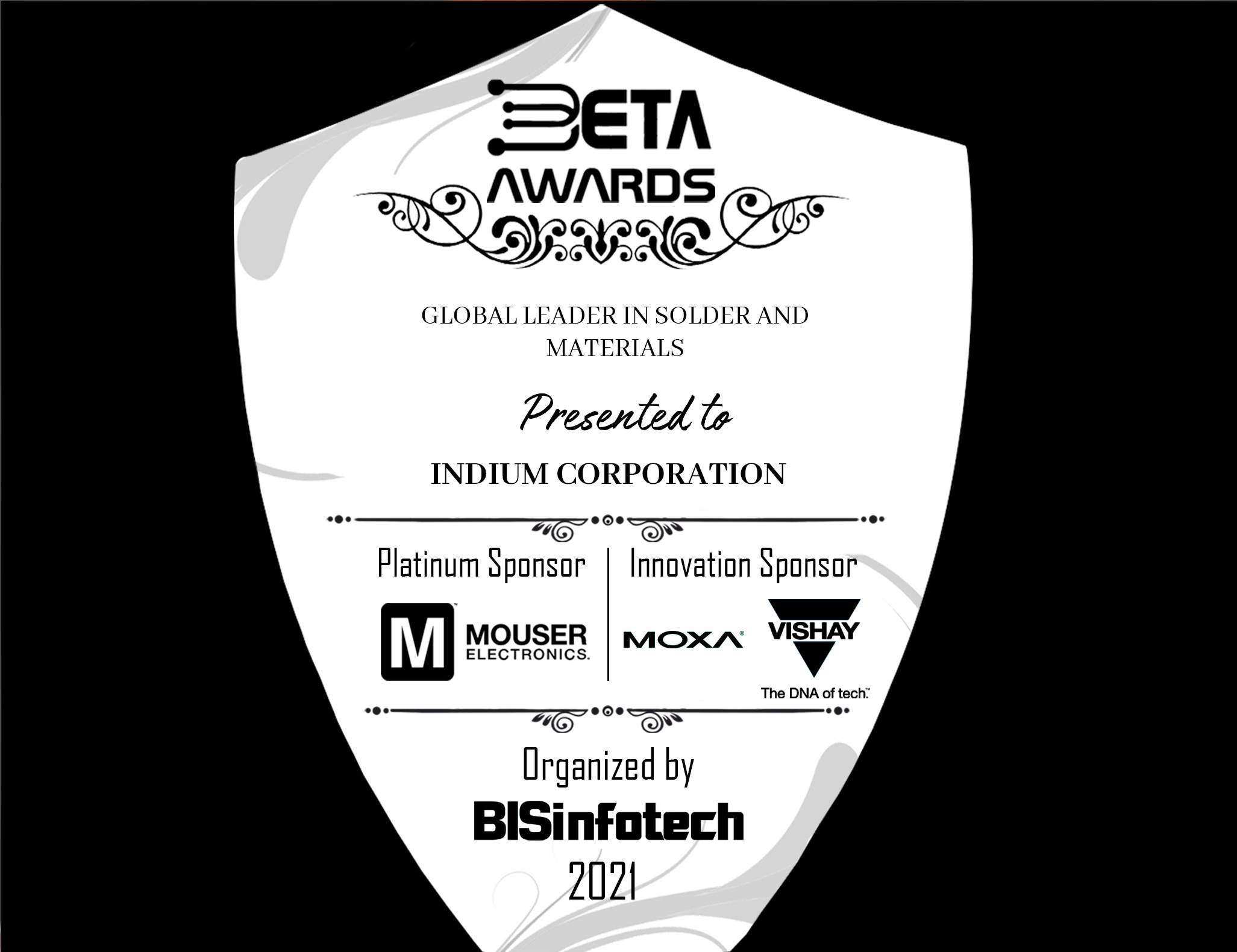
BETA Award
Indium Corporation was awarded one of BISinfotech’s coveted 2021 BETAs (BISinfotech Excellence and Technovation Awards) as a global leader in the Solder and Materials category during a virtual ceremony on Nov. 30. November 2021.

Mexico EMS – Mexico Technology Award: (Flux Cored Wire)
Indium Corporation earned a Mexico Technology Award for CW-232 , its low-spatter, flux-cored wire for robotic soldering during an award ceremony on Nov. 3 at SMTA International in Minneapolis, MN, USA. November 2021.

Electronics Assembly Materials Innovation of the Year Award: (Durafuse® LT)
Indium Corporation earned Electronics Maker ’s Electronics Assembly Materials Innovation of the Year award for its patent-pending Durafuse® LT alloy technology. Electronics Maker’s Best of Industry Awards celebrate excellence in the Indian electronics market. They aim to honor and recognize the leading performers and innovators in the electronics industry for demonstrating leadership, product innovation, excellence in their field, and effectiveness in addressing a need or defining a new market. October 2021

Circuits Assembly New Product Introduction Award 2021: (Flux Cored Wire)
Indium Corporation has earned the Circuits Assembly New Product Introduction (NPI) Award for its new flux-cored wire for robotic and laser soldering. The award was presented on Tuesday, April 6 during a virtual ceremony. April 2021.

Circuits Assembly’s Service Excellence Award
Indium Corporation was honored with Circuits Assembly’s Service Excellence Award for a materials company at the IPC APEX Expo. The Service Excellence Award recognizes electronics companies that, as judged by their own customers, demonstrate the highest performance across the areas of Technology, Responsiveness, Dependability, Quality, and Value for Price. February 2017.

EM World’s Innovation Award: (Flux Cored Wire)
Indium Corporation earned Electronics Manufacturing (EM) World‘s Innovation Award for its new flux-cored wire for robotic and laser soldering. The award was presented on Thursday, March 18 in Shanghai, China, during Productronica China. March 2021.

Mexico Technology Award : (Durafuse® LT)
Indium Corporation was presented with the Mexico Technology Award, sponsored by Mexico EMS, for its Durafuse® LT alloy technology. The award program recognizes the best electronics manufacturing innovations in the electronics manufacturing industry in Mexico produced by OEM manufacturing equipment and materials suppliers over the last year. October 2020.

Electronics Manufacturing (EM) Innovation Award: (Durafuse® LT)
Indium Corporation was presented with the Electronics Manufacturing (EM) Innovation Award for its Durafuse® LT alloy technology. The award program recognizes and celebrates excellence in the electronics industry, encouraging companies to achieve the highest standards and push the industry forward. July 2020.

CIRCUITS ASSEMBLY New Product Introduction (NPI) Award: (Durafuse® LT)
Indium Corporation was presented with the CIRCUITS ASSEMBLY New Product Introduction (NPI) Award for its Durafuse® LT alloy technology at the IPC APEX EXPO technical conference. The NPI Awards recognize the leading new products for electronics assembly during the previous year. Honorees are selected by an independent panel of practicing engineers. February 2020.

Best Paper Award: (Dr. Ning-Cheng Lee and Dr. Min Yao)
Dr. Ning-Cheng Lee, Vice President of Technology, and Dr. Min Yao earned a Best Paper Award during the International Microsystems, Packaging, Assembly, and Circuits Conference (IMPACT) 2018 for their paper Nano-Cu Sintering Paste for High Power Devices Die-Attach Applications. October 2018.

Best Paper Award: (Mary Ma)
Mary Ma, Research Chemist, earned the “Best Paper” award at the SMTA China East Technology Conference 2018 for her paper titled Sn3.2Ag0.7Cu5.5Sb Solder Alloy with High Reliability Performance up to 175°C. April 2018.

SMTA Corporate Partnership Award
Indium Corporation was presented with the prestigious SMTA Corporate Partnership Award during SMTA International 2018. Indium Corporation was also presented with the SMTA Expo Participation Award. October 2018.

Electronics Manufacturing (EM) Asia Innovation Award: (Indium10.1HF)
Indium Corporation was presented with the Electronics Manufacturing (EM) Asia Innovation Award for its Indium10.1HF Solder Paste during NEPCON China. The award program recognizes and celebrates excellence in the Asian electronics industry, encouraging companies to achieve the highest standards and push the industry forward. May 2018.

SMT China Vision Award: (Indium10.1HF)
Indium Corporation was presented with the SMT China Vision Award for its Indium10.1HF Solder Paste during NEPCON China. The SMT China Vision Award recognizes domestic and international companies with innovative products and technologies in SMT methods, processes, materials, equipment, software, and management services. April 2018.

ON Semiconductor Award
Indium Corporation was presented with the ON Semiconductor Award for its “perfect quality.” Indium Corporation, one of more than 3,000 ON Semiconductor production suppliers, was selected for its commitment to ensuring high quality and supply continuity in an evolving semiconductor market. April 2018.

CIRCUITS ASSEMBLY New Product Introduction (NPI) Award: (Core 230-RC)
Indium Corporation was presented with the CIRCUITS ASSEMBLY New Product Introduction (NPI) Award for its Core 230-RC flux-cored wire at the IPC APEX EXPO technical conference. The NPI Awards recognize the leading new products for electronics assembly during the past year. Honorees are selected by an independent panel of practicing engineers. February 2018.

ISO/TS 16949 Management System Certificates
Indium Corporation earned ISO/TS 16949 management system certificates for two of its manufacturing facilities and company headquarters. January 2018.

CNY BEST Award for Individual/Team: (Rick Short and Jim McCoy)
Rick Short, Corporate Associate Vice President and Senior Director of Marketing Communications, and Jim McCoy, Talent Acquisition Supervisor, earned the CNY BEST Award for Individual/Team by the CNY chapter of the Association for Talent Development (ATD). They were recognized for their passion, foresight, and continued participation in making the Oneida-Herkimer-Madison BOCES (OHM BOCES) Pathways in Technology Early College High School (P-TECH) program a success. November 2017.

CIRCUITS ASSEMBLY Service Excellence Award for Materials
Indium Corporation was presented with the CIRCUITS ASSEMBLY Service Excellence Award for Materials during the IPC APEX EXPO technical conference San Diego, California. The Service Excellence Awards recognize electronics manufacturing companies that, as judged by their own customers, demonstrate the highest performance across the areas of technology, responsiveness, dependability, quality, and value for price. February 2017.

Business Leadership Award
Indium Corporation was presented with the Business Leadership Award at the New York Association of Training & Employment Professional’s (NYATEP) 2016 Statewide Workforce Awards Ceremony on Oct. 26 in Albany, NY, for its outstanding workforce development advocacy demonstrated through its intern program leadership. October 2016.

Global Technology Award for Solder Paste: (Indium10.1HF)
Indium Corporation was presented with the Global Technology Award for Solder Paste for Indium10.1HF Solder Paste at SMTA International (SMTAI) Conference in Rosemont, Ill. This award has acknowledged outstanding innovations in the printed circuit board assembly and packaging industry. This is the fourth consecutive year that Indium has won this award. October 2016.

ON Semiconductor Award for “Perfect Quality”
Indium Corporation was presented with the ON Semiconductor Award for “Perfect Quality” in 2015. This award is the recognition for Indium’s product and service. June 2016.

Global Technology Award for Best Products – Americas: (InFORMS™)
Indium Corporation was presented with the Global Technology Award for Best Products – Americas for InFORMS® high-reliability solder preforms, on Nov. 10 at Productronica in Munich, Germany. This award has acknowledged outstanding innovations in the printed circuit board assembly and packaging industry for the past 10 years. November 2015.

Global Technology Award: (BiAgX®)
Global SMT & Packaging magazine’s Global Technology Award in the Solder Paste category for BiAgX® Solder Paste Technology. The award acknowledges outstanding innovations in the printed circuit board assembly and packaging industry. This is the second consecutive year that Indium Corporation has won the Solder Paste award. September 2015.

SMT China Vision Award: (Indium10.1HF)
Indium Corporation was presented with the SMT China Vision Award for its Indium10.1 solder paste at NEPCON China on April 21 in Shanghai, China. The SMT China Vision Award recognizes domestic and international companies with innovative products and technologies in SMT methods, processes, materials, equipment, software, and management services. Each product entry was evaluated based on its creativeness, technological advancement, and contributions to help reduce cost, improve quality, increase efficiency, enhance reliability, ensure safety, and protect the environment. May 2015.

Businessman Award by Cheongjy City: (Greg Evans)
Greg Evans, President and CEO, was awarded with the Businessman Award by Cheongjy City for the outstanding performance of Indium Corporation’s Korean facility and its contribution to the Cheongju City economy. March 2015.

CIRCUITS ASSEMBLY’s NPI Award : (LV1000)
Indium Corporation’s LV1000 flux coating for solder preforms was presented with CIRCUITS ASSEMBLY‘s NPI Award at the IPC APEX Expo on Feb. 24 in San Diego, California. It recognizes the electronics assembly industry’s leading new products. February 2015.

Top 10 List of SMT Tech Tuesday : (Ed Briggs)
Ed Briggs’s Meeting Future Stencil Printing Challenges with Ultrafine Powder Solder Pastes has made the top 10 list of SMT Tech Tuesday articles for 2014 by SMTOnline, one of the PCBA industry’s most respected publications. This is the third consecutive year that an Indium Corporation authored paper has been named to this list. January 2015.

2014 William D. Ashman Award: (Andy C. Mackie, PhD, MSc)
Indium Corporation’s Andy C. Mackie, PhD, MSc, senior product manager for semiconductor and advanced assembly materials, was presented with the 2014 William D. Ashman Award at the 47th International Symposium on Microelectronics on Oct. 14, 2014, in San Diego, Calif. October 2014

Global Technology Award: (SACm®)
Global SMT & Packaging‘s Global Technology Award for SACm® solder alloy. This award recognizes, “outstanding innovations in the printed circuit board assembly and packaging industry“. November 2013.

Innova Award: (Heat-Spring®)
LED Journal‘s “Innova Award”, for Heat-Spring® thermal interface material. This award recognizes, “leading companies within the LED market which have shown, through their products and services, the most innovative and advanced technology breakthroughs in LEDs.” May 2010.
Frost & Sullivan Award
Indium has earned its fourth Frost & Sullivan Award for SMT Solder Paste Customer Value Enhancement in 2006.
According to Frost & Sullivan, awards are presented to companies “for exhibiting a superior knowledge of customer needs and the ability to exceed customer expectations.” Indium Corporation was chosen to receive the award based on an in-depth analysis of market competitors, and interviews with companies that make up the SMT soldering materials industry.
“These awards are special because they are presented by the largest and most respected research firm in the world,” said Rick Short, Director of Corporation Communications. “It is truly a tribute to the global Indium Corporation team.”
Previous Frost & Sullivan Awards include:
1998: Market Engineering Customer Service Leadership Award for developments in the solder paste and adhesive markets
2003: Product Innovation Award for the development of NC-SMQ230 Pb-Free Solder Paste
2000: Market Engineering Customer Service Leadership Award for developments in the solder paste and adhesive markets

Triple Awards for NF260 No-Flow Underfill
Indium Corporation’s introduced the world’s first Pb-Free, Reworkable, Air-Reflowable, No-Flow Underfill, called NF260, in 2005. Since its introduction Indium’s NF260 No-Flow Underfill has won awards on three continents for its quality and innovation, as well as its ability to enhance customers’ finished goods reliability and cost savings.
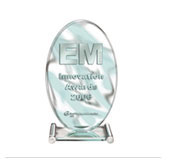
China – EM China Innovation Award
Presented at Nepcon Shanghai (Shanghai, China) in 2006

North America – SMT Vision Award
Presented at IPC/APEX (Anaheim, California, USA) in 2006
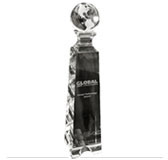
Europe – Global SMT Technology Award for Innovation
Awarded at Productronica (Nuremberg, Germany) in 2005
Your Success
is Our Goal
Optimize your processes with the latest materials, technology, and expert application support. It all starts by connecting with our team.
